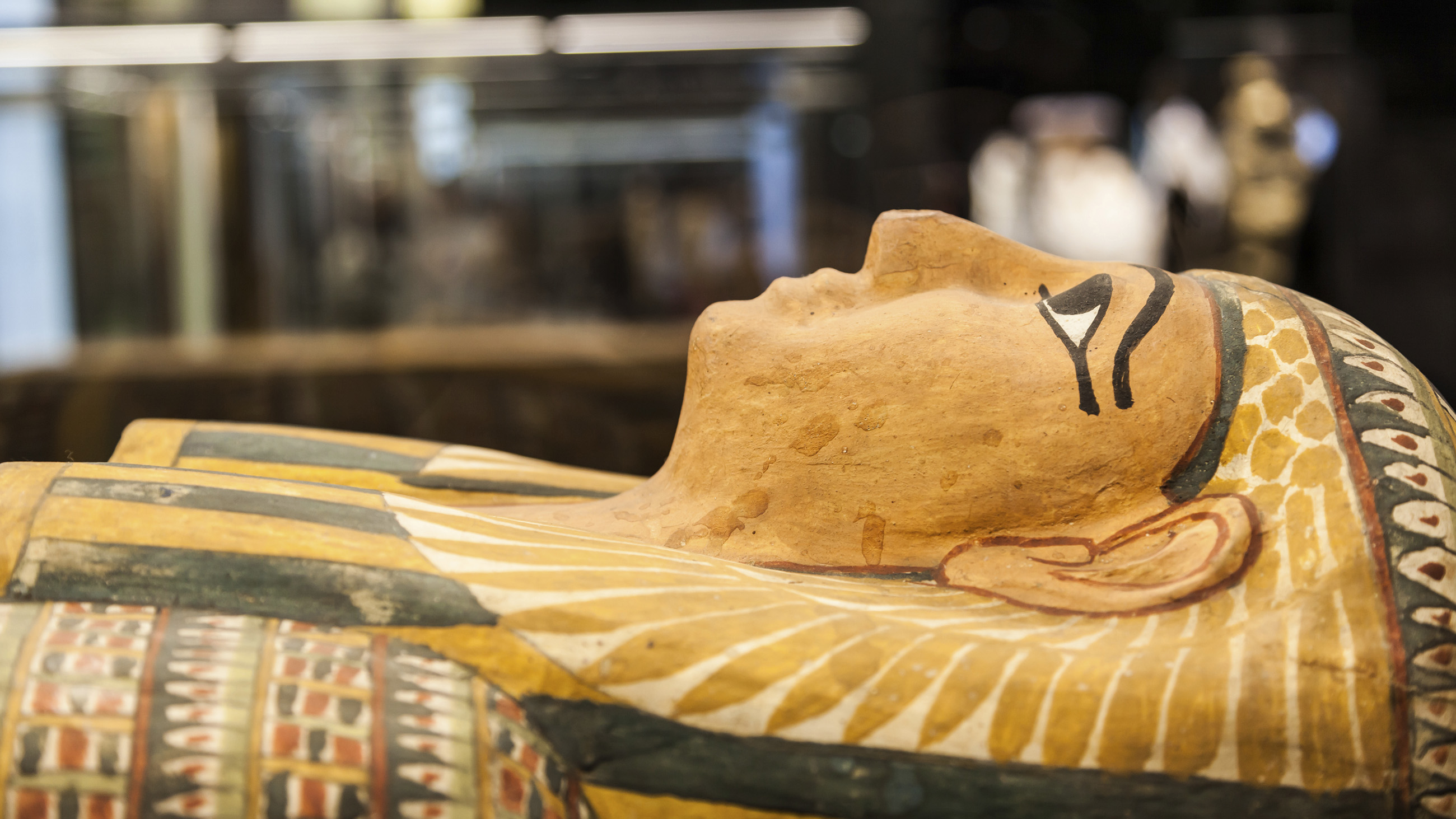Abstracts: Asthma, Patient Zero, Mummies, and More
• Bloodsucking hookworms that live in human intestines may sound like a health hazard, but a protein in the parasite’s spit could be used to treat asthma. (Washington Post)

• Patient Zero, once believed to have started the U.S. AIDS epidemic, has had his name cleared by new genetic analysis that shows HIV entered the U.S. earlier than previously thought. (New York Times)
• The giraffe-necked assassin bug stalks spiders on their own webs, using stealth tactics to avoid vibrating the web strands. (The Atlantic)
• Astrophysicists are getting closer to finding the hypothetical “Planet Nine” that may be lurking in the far reaches of the solar system. (Scientific American)
• Training parents how to interact more effectively with young children with autism led to lasting improvements in the children’s social and communication skills. (Nature)
• For years patients with chronic fatigue syndrome faced ridicule and skepticism about whether their illness even exists. Many were prescribed an exercise therapy that made them worse, and the leading research supporting continues to unravel. (Undark)
• Purdue Pharma, the manufacturer of OxyContin, put a stop to a plan that would have limited prescriptions for the highly addictive drug during the start of the opioid epidemic in West Virginia. (STAT)
• Ancient Egyptians recycled papyrus documents to make the plaster that covered unimportant mummies. Now, researchers have developed better X-ray imaging tools to read the hidden writing without disturbing the mummies. (Wired)
• Astronauts may have to add yoga to their daily activities on the space station to prevent the muscles that support their spines from weakening in low gravity. (CNN)
• And finally, researchers at Harvard University have created the first completely 3D-printed organ-on-a-chip, a microchip that mimics the human heart and can be used be used for medical testing. (ZME Science)










